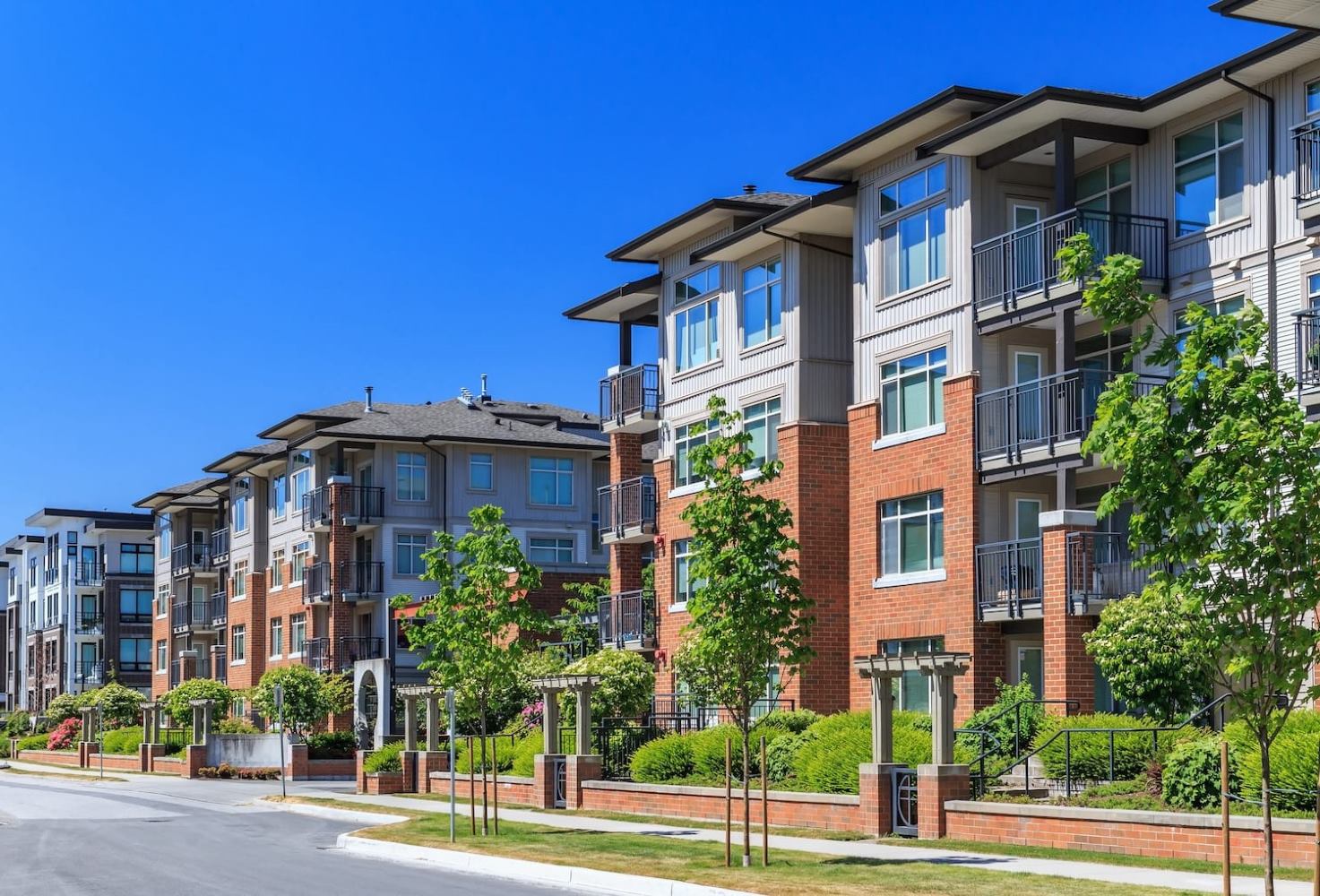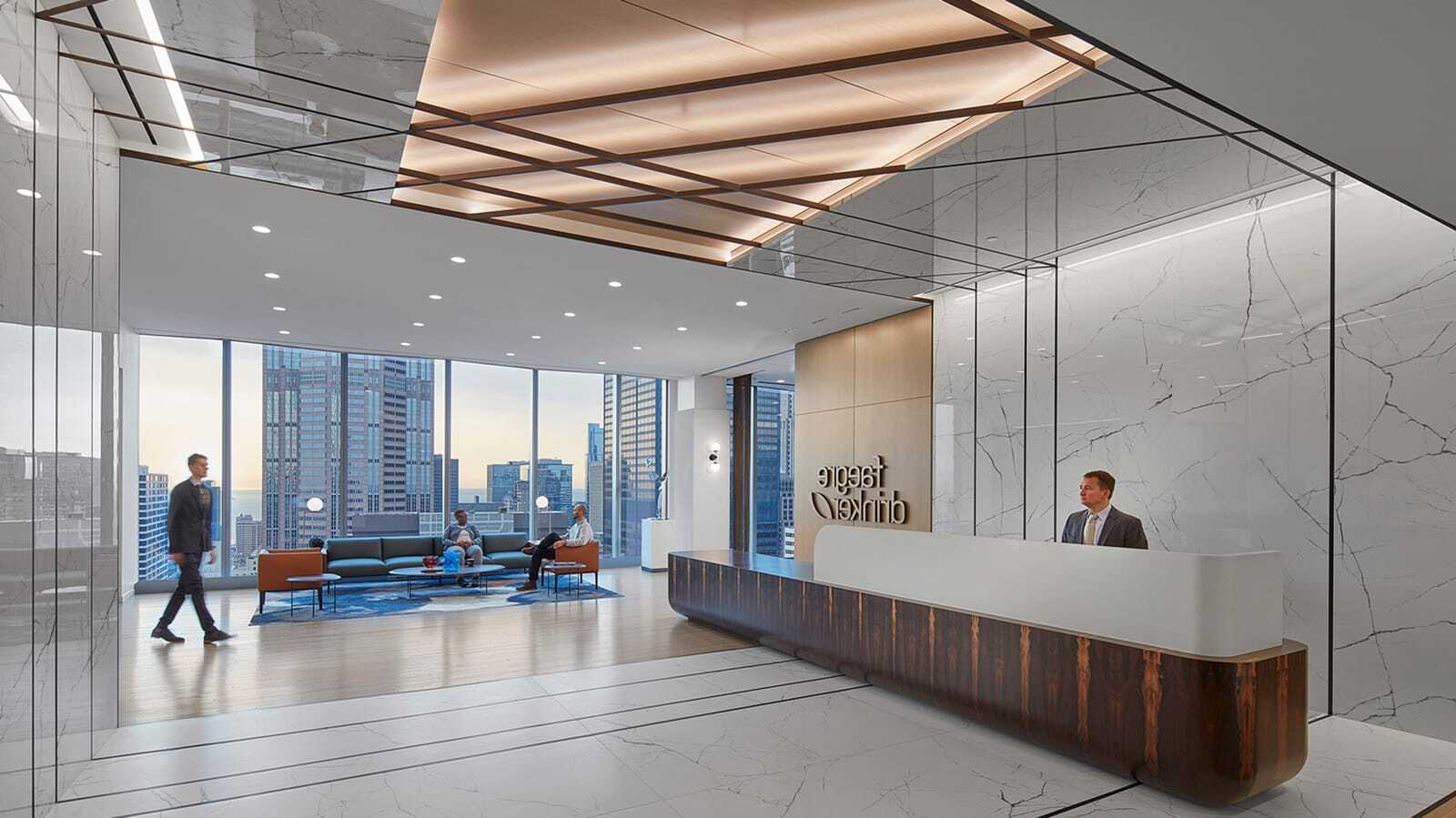
Apartment complexes are more than just buildings; they are vibrant communities that shape urban living. From their ancient origins in Rome to today's modern high-rises, these structures offer a unique blend of convenience, community, and amenities. Did you know that apartment living dates back to ancient Rome? These complexes provide not only homes but also jobs, contributing significantly to the economy. With amenities like gyms, pools, and business centers, they cater to diverse lifestyles. However, the cost of living in these spaces can be high, with many renters spending over 30% of their income on housing. Whether you're a young professional or a retiree, apartment complexes offer a dynamic living experience.
Ancient Origins and Evolution
Apartment complexes have a rich history and have evolved significantly over time. Let's explore their origins and development.
-
Ancient Rome: The concept of apartment living dates back to Ancient Rome, where multi-story buildings called "insulae" housed many residents.
-
Historical Development: From ancient Rome to modern-day, apartment complexes have adapted to meet the changing needs of urban dwellers.
-
Types of Apartment Complexes: There are various types, including high-rise buildings, garden apartments, and condominiums, each offering unique features.
Modern Amenities and Services
Modern apartment complexes come with a plethora of amenities designed to enhance the quality of life for residents.
-
Range of Services: Apartments may provide business centers, function areas, conference rooms, and private screening facilities.
-
Assigned Parking: Many complexes offer assigned parking, ensuring residents have secure and convenient parking options.
-
Laundry Facilities: In-unit dishwashers and laundry facilities are highly valued by renters for their convenience.
-
Recreational Facilities: Amenities like gyms, pools, and saunas provide entertainment and relaxation options.
Resident Dynamics and Community Living
The dynamics of who lives in apartment complexes and how they interact can vary widely.
-
Occupancy Characteristics: The number of residents can vary based on work status and age group, affecting the building's atmosphere.
-
Community Engagement: Many complexes foster a sense of community through organized events, community gardens, and shared spaces.
-
Young Professionals: Young business professionals may have lower concentrations during business hours.
-
Elderly Residents: Elderly residents are often more present during the day, contributing to a different dynamic.
Economic Impact and Rent Trends
Apartment complexes play a significant role in the economy and have notable trends in rent and income.
-
Economic Contribution: They provide over 1.5 million jobs and contribute nearly $200 trillion to the US economy.
-
Average Rent Prices: One-bedroom apartments average over $1,100 per month, while two-bedroom units cost around $1,333.
-
Rent Increases: New renters typically face higher rent increases than existing tenants, with new renters seeing a 12.2% increase in early 2022.
-
Median Household Income: The median household income of apartment renters is approximately $45,151, lower than that of homeowners.
-
Rent-Burdened Households: Over 19 million renters spend more than 30% of their income on housing, a number that has been increasing.
Space and Comfort
Space and comfort are crucial factors for apartment living, affecting residents' quality of life.
-
Average Apartment Space: The average space per person is 526 square feet, with new apartments averaging 941 square feet, a 5% reduction from ten years ago.
-
Most Sought-After Amenities: Air conditioning tops the list of desired amenities, followed by in-unit laundry and dishwashers.
-
Motivators for Moving: Cheaper rent is often the biggest motivator for renters to move, highlighting the competitive rental market.
Security and Legal Considerations
Security and legal aspects are vital for both landlords and tenants in apartment complexes.
-
Security Measures: Robust security measures, including doormen, security personnel, and surveillance systems, ensure resident safety.
-
Legal Considerations: Lease agreements, property rights, and landlord-tenant laws are crucial for understanding apartment living.
-
Maintenance Costs: Typically the landlord's responsibility, maintenance costs are an important consideration for renters.
-
Insurance Coverage: Renters need their own insurance coverage as landlords' insurance usually doesn't cover personal belongings.
Pet-Friendly Living
Many apartment complexes accommodate pets, but there are special considerations for pet owners.
-
Pet-Friendly Apartments: Many complexes allow pets, but owners need to take extra precautions, especially in high-rise buildings.
-
Outdoor Stimulation for Pets: Dogs in small apartments require special outdoor and stimulation time to maintain their health.
Demographics and Statistics
Understanding the demographics and statistics of apartment living provides insight into this housing option.
-
Demographics of Apartment Residents: A quarter of residents are below 30, with middle-aged and senior residents making up a significant portion.
-
38% of Renters Live in Apartment Buildings: Approximately 38.9 million people live in buildings with five or more units in the US.
-
17% Live in Buildings with Two to Four Units: An additional 17.4 million renters live in smaller buildings.
-
41% Live in Single-Family Residences: The majority of renters, 41%, live in single-family homes.
-
5% Live in Mobile Homes: A smaller percentage, 5%, reside in mobile homes.
Sustainability and Environmental Impact
Sustainability is becoming increasingly important in the construction and operation of apartment complexes.
-
Environmental Impact: Developers focus on sustainable practices and green building materials to reduce the ecological footprint.
-
Sustainability Efforts: This includes using energy-efficient appliances and renewable energy sources.
Personal Preferences and Lifestyle
Choosing between apartment living and homeownership depends on individual preferences and lifestyle needs.
-
Personal Preferences: Some prefer apartment living for its simplicity and convenience, while others favor homeownership for customization.
-
Freedom and Customization: Homeownership offers more freedom and customization options compared to apartment living.
Additional Insights
Here are some more interesting facts about apartment complexes that highlight their significance.
-
Average Apartment Size: New apartments are shrinking, with one-bedroom units being 4% less spacious and studios 10% smaller.
-
Air Conditioning as a Priority: Air conditioning is the most sought-after feature, emphasizing the importance of comfort.
-
Parking Amenities: Assigned parking is highly valued, ensuring secure and convenient options for residents.
-
Lease Renewal Increases: Existing tenants face lower rent increases, averaging 3.5% during lease renewals.
-
Community Living: Apartment complexes often organize social events and provide spaces for residents to interact.
-
Economic Contribution: Apartments significantly contribute to the economy by providing jobs and generating revenue.
The Essence of Apartment Living
Apartment complexes have come a long way from their ancient Roman roots. They offer a mix of convenience, community, and amenities that cater to modern urban dwellers. From high-rise buildings to garden apartments, each type provides unique living experiences. Renters value amenities like air conditioning, laundry facilities, and assigned parking. However, many face challenges like rising rents and limited space.
Despite these hurdles, apartment living remains popular, especially among young professionals and seniors. Developers are increasingly focusing on sustainability, making these complexes more eco-friendly. Legal considerations, maintenance costs, and insurance coverage are crucial aspects renters should understand.
Ultimately, apartment complexes contribute significantly to the economy, providing jobs and generating revenue. They foster a sense of community and offer a lifestyle that balances convenience with comfort. Whether you’re a renter or a landlord, understanding these dynamics can help you navigate the complex world of apartment living.
Was this page helpful?
Our commitment to delivering trustworthy and engaging content is at the heart of what we do. Each fact on our site is contributed by real users like you, bringing a wealth of diverse insights and information. To ensure the highest standards of accuracy and reliability, our dedicated editors meticulously review each submission. This process guarantees that the facts we share are not only fascinating but also credible. Trust in our commitment to quality and authenticity as you explore and learn with us.


